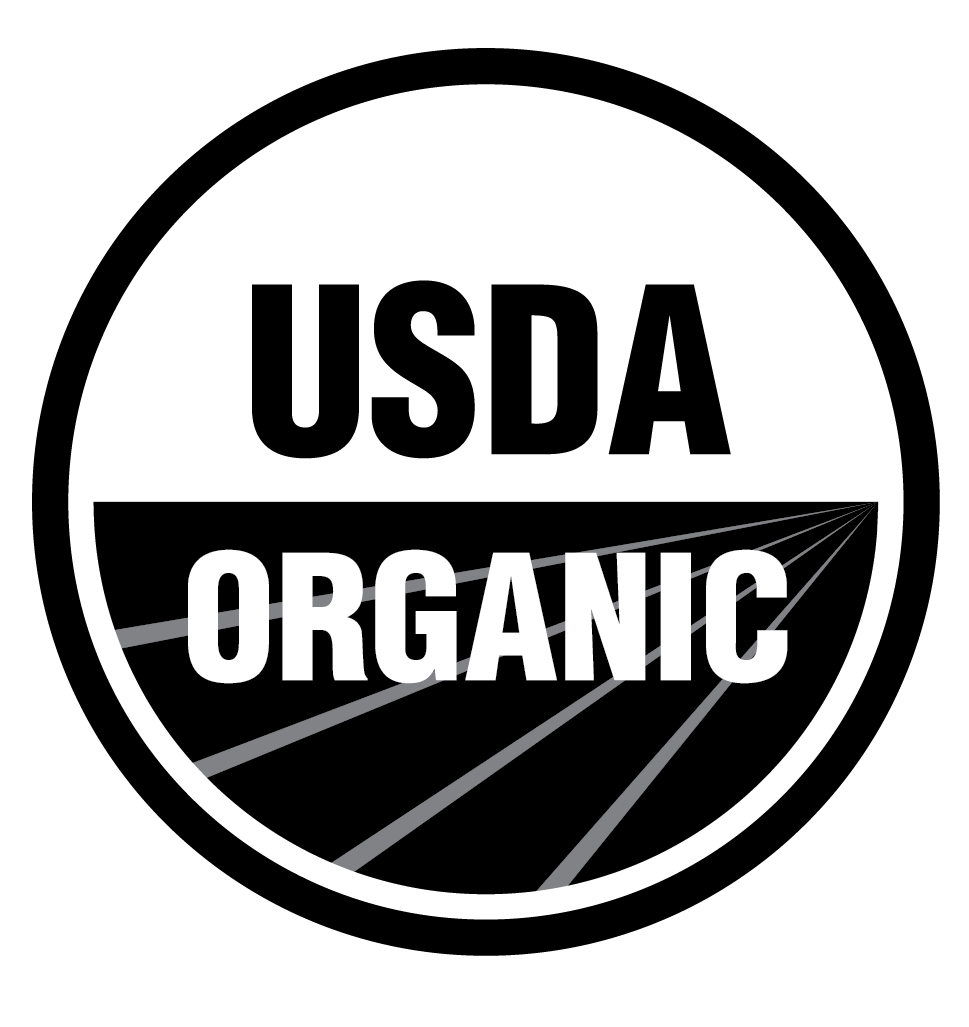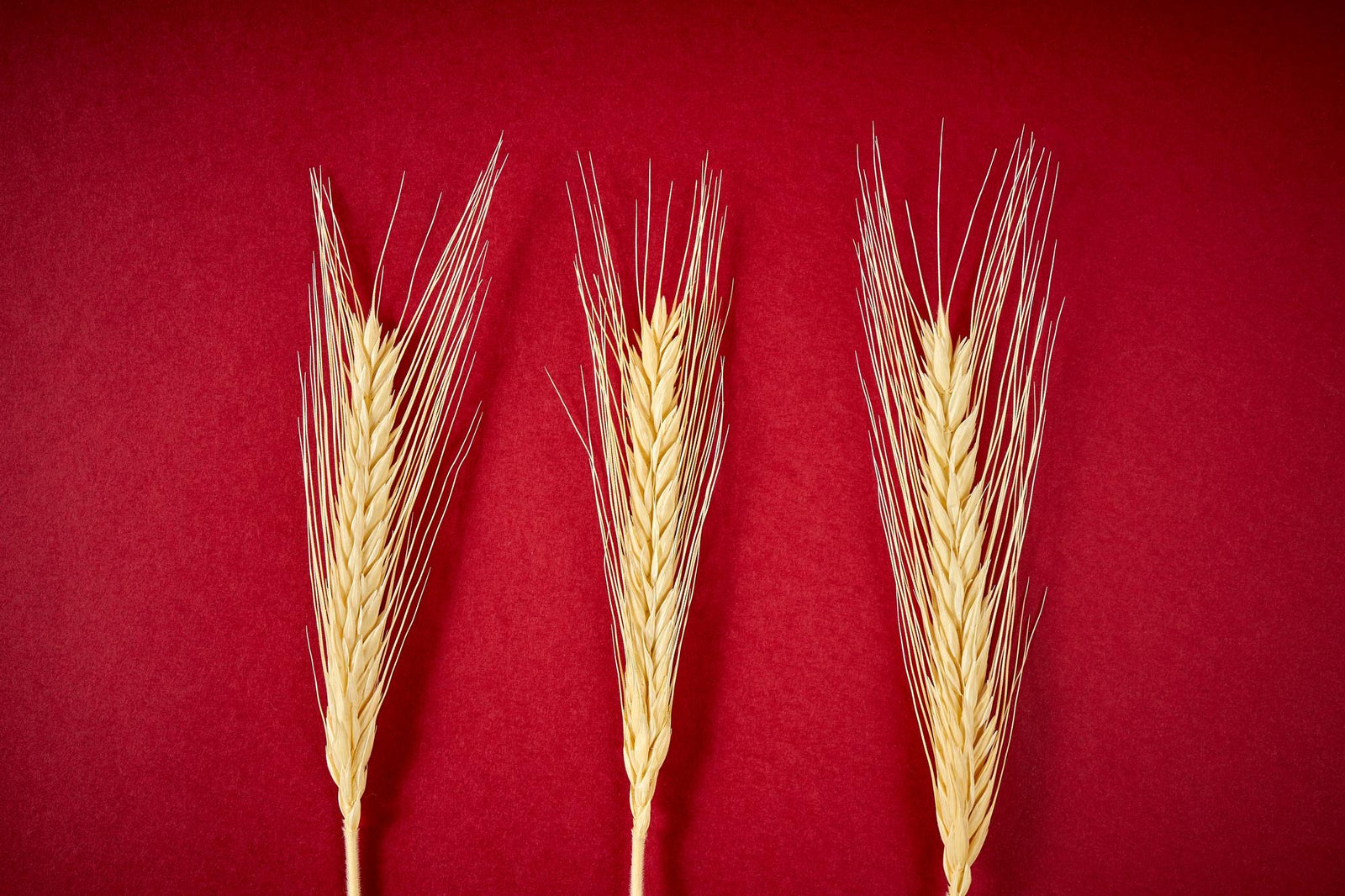
August 14, 2024 3 min read
In the world of whole grains, hard red wheat berries are celebrated for their robust flavor, nutritional benefits, and versatility. Grinding your own flour from hard red wheat berries is a rewarding practice that enhances the freshness and nutritional value of your baking. This process connects you to the ancient tradition of milling grain and empowers you to create homemade flour tailored to your culinary needs.
Hard red wheat berries are the whole, unprocessed kernels of wheat, containing the bran, germ, and endosperm. These components provide a rich source of nutrients, including protein, fiber, vitamins, and minerals. The hard red variety is known for its strong flavor and high protein content, making it ideal for bread baking and other hearty baked goods.
One of the most significant benefits of grinding your own flour is the freshness it provides. Whole grains begin to lose their nutritional value once they are milled, as exposure to air and light can degrade the nutrients over time. By grinding your own flour, you ensure that it is at its peak freshness, maximizing its flavor and nutritional content.
Hard red wheat berries are rich in essential nutrients, including:
Grinding your own flour helps retain these nutrients, as the bran and germ are preserved, unlike many commercially processed flours that remove these components to extend shelf life.

When you grind your own flour, you have complete control over its texture. Whether you prefer a coarse grind for rustic breads or a fine grind for pastries, grinding at home allows you to customize the flour to suit your baking needs. This versatility enhances your ability to create a variety of baked goods with the same grain.
While purchasing pre-ground whole wheat flour can be convenient, grinding your own flour from hard red wheat berries is often more cost-effective in the long run. Buying wheat berries in bulk can reduce costs and provide a longer-lasting supply of grain that you can grind as needed.
Grinding your own flour connects you to the ancient tradition of milling grain. This hands-on process fosters a deeper appreciation for the ingredients and methods that have sustained generations of bakers. It also provides a sense of satisfaction and accomplishment, knowing you are producing your own high-quality flour.

To grind your own flour, you will need a grain mill or grinder. There are various options available, including manual hand-crank mills, electric mills, and high-powered blenders. Choose one that fits your budget and frequency of use.
Before grinding, inspect the wheat berries for any debris or foreign materials. Rinse them under cold water and allow them to dry completely to ensure a clean milling process.
Adjust your grinder to the desired fineness of the flour. Start with a coarser setting if you are new to grinding, and adjust as needed for finer flour.
Feed the wheat berries into the grinder and collect the freshly ground flour. Depending on your equipment, the grinding process may take several minutes.
Store freshly ground flour in an airtight container in a cool, dry place. For extended storage, consider freezing the flour to preserve its freshness and nutritional value.
Grinding your own flour from hard red wheat berries is a simple yet rewarding practice that enhances the freshness, nutrition, and versatility of your baking. By taking control of the milling process, you can enjoy flour at its peak quality and explore the rich flavors and textures that homemade flour offers. Embrace the tradition of grinding your own flour and elevate your culinary creations with the wholesome goodness of hard red wheat berries.
Other Wheat Berry Blogs:

Comments will be approved before showing up.
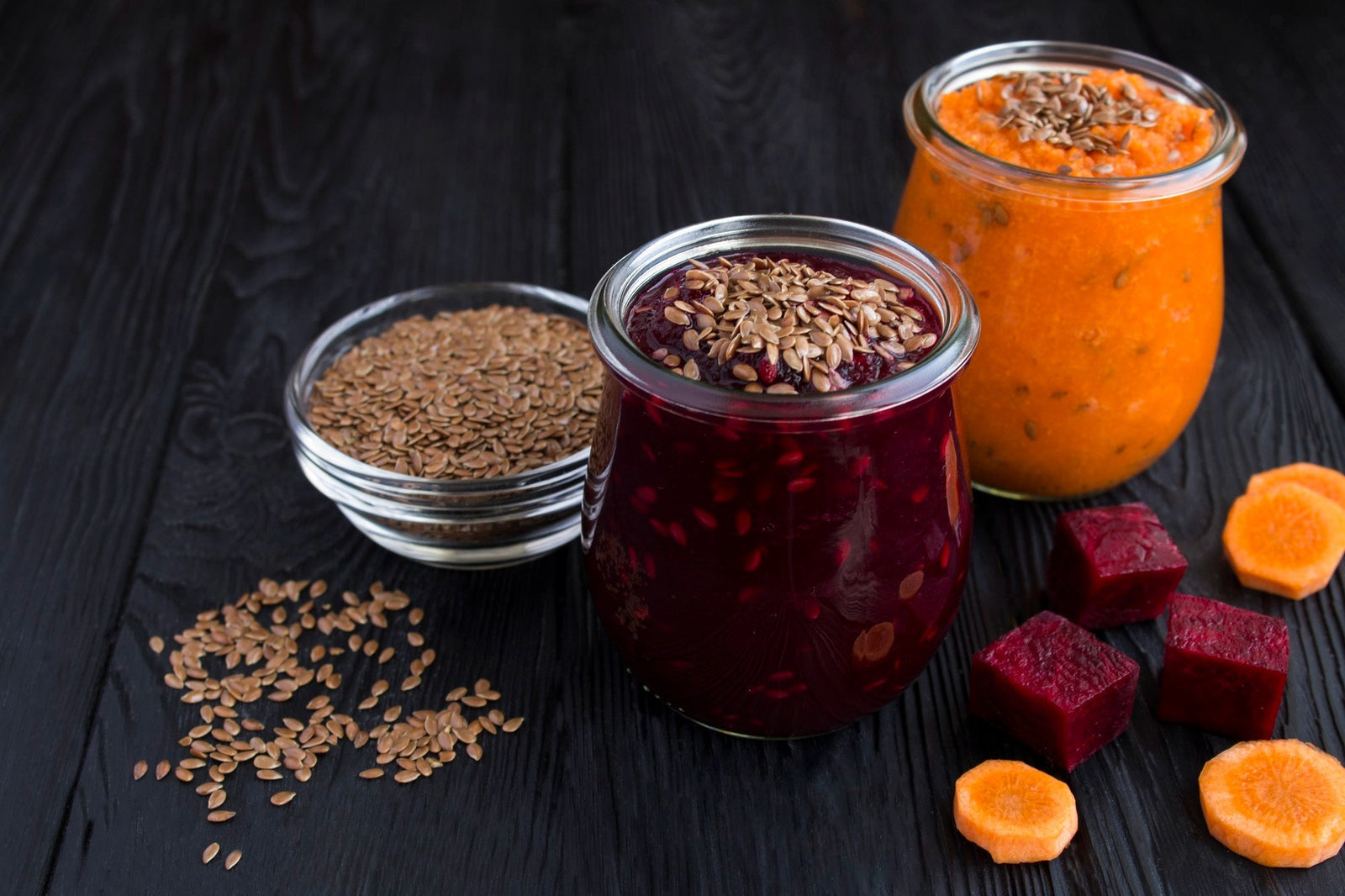
January 27, 2025 3 min read
Flaxseed, the tiny yet powerful superfood, is packed with nutrients that can support weight loss. From curbing hunger to stabilizing blood sugar, this guide dives into the science of how flaxseed can help you shed those extra pounds.
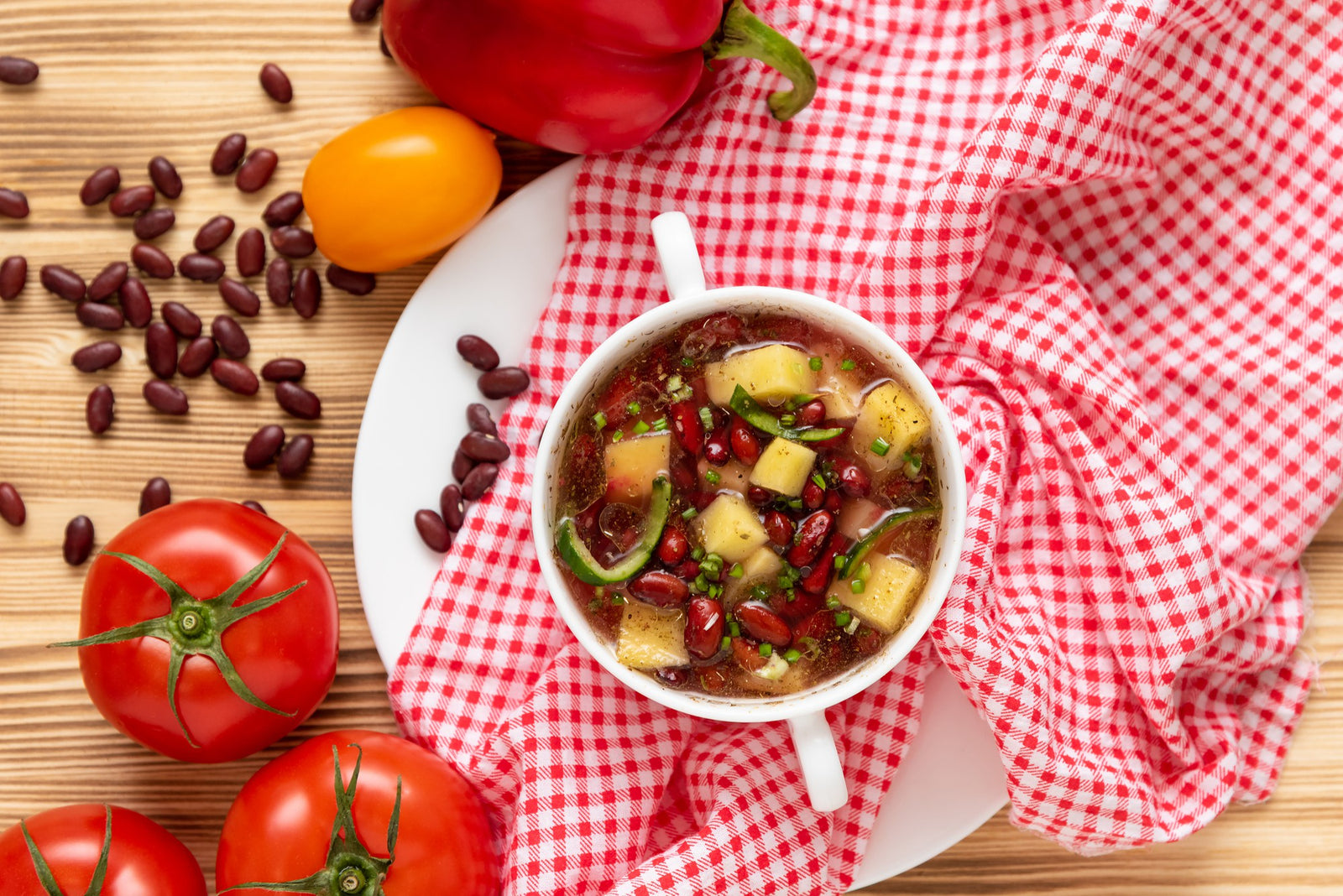
December 11, 2024 3 min read
Discover three quick and easy soup recipes featuring organic small red beans. From a classic vegetable soup to a creamy potato blend, these wholesome recipes are perfect for chilly days and busy weeknights. Packed with flavor and nutrition, these soups will warm your heart and soul this winter!
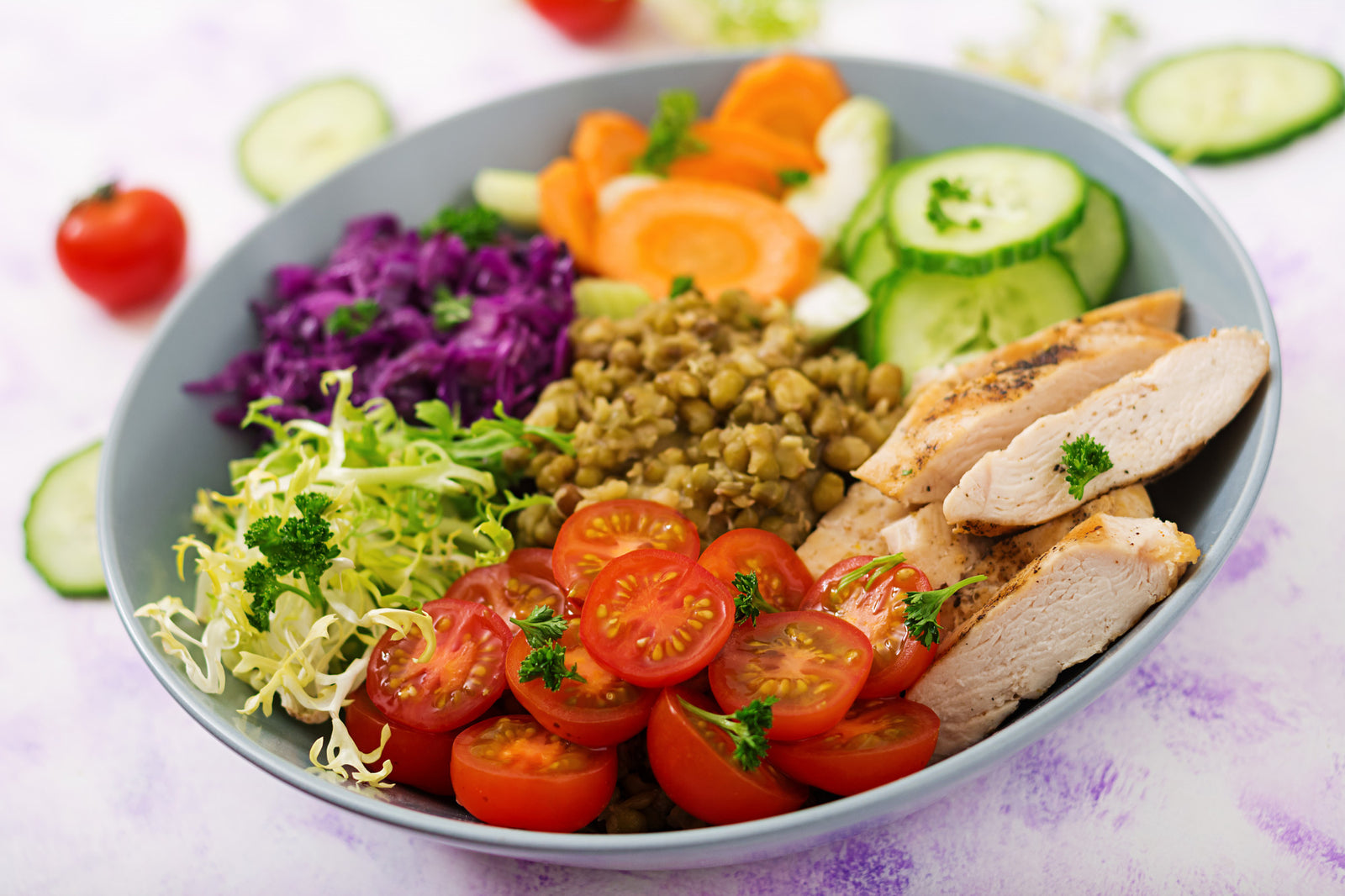
December 06, 2024 3 min read
This vibrant and nutritious Green Lentil Salad combines tender lentils with grilled chicken, fresh vegetables, and a zesty lemon dressing. Packed with protein, fiber, and essential vitamins, it’s the perfect healthy meal for any time of day.
© 2025 Be Still Farms- Real, Fine Organics.
Privacy | Terms | Refund Policy | Organic Certification
